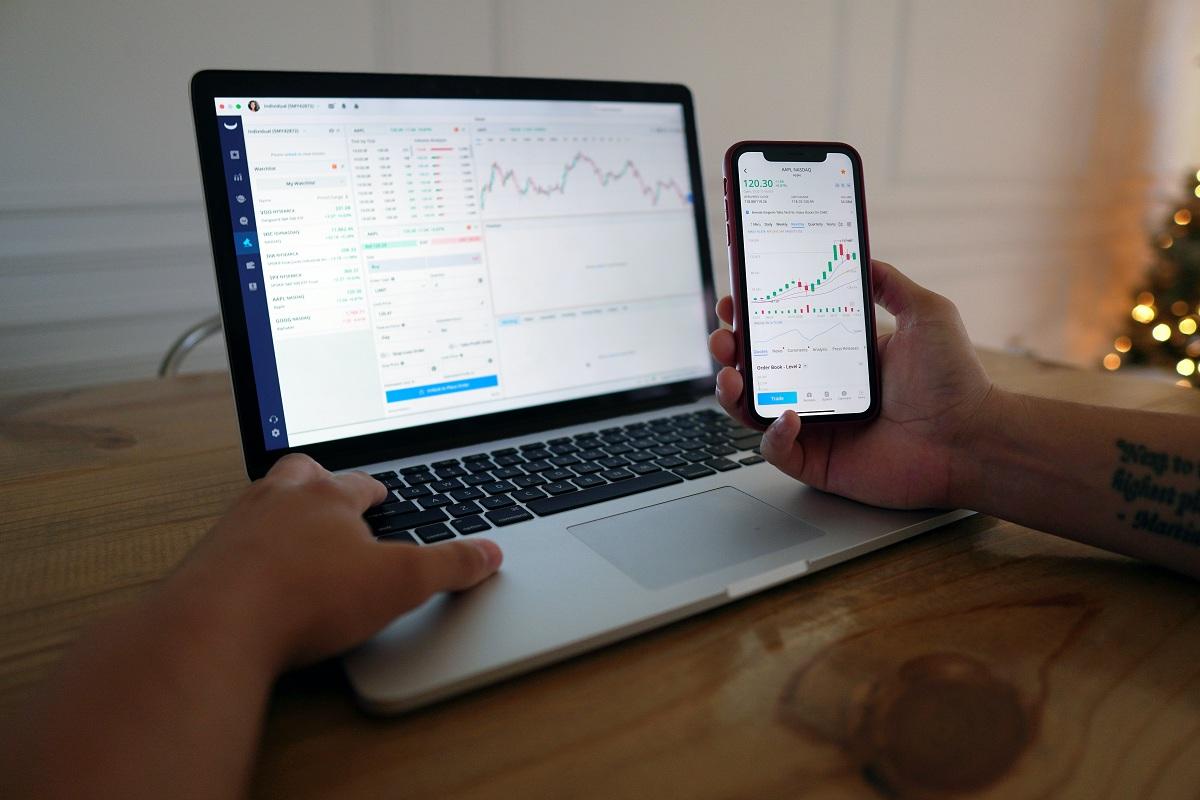Stock Lending Has Its Rewards and Risks for Investors
Stock lending, offered by a number of brokers, comes with risks and rewards. How does it work?
July 26 2022, Published 5:55 a.m. ET

Brokers are moving to offer members stock lending schemes, with securities lending programs at Robinhood, Webull, TradeStation, E-Trade, and several other platforms. How does stock lending work?
When you have a long position in a stock, you can sometimes earn passive income through dividends. However, if the company doesn’t distribute dividends, you may not see a profit on your investment until you sell. Stock lending programs let you make extra money on your shares before you sell.

How does stock lending work?
Stock lending is similar to bank loans, except that the borrower receives company shares instead of cash. As with bank loans, the loan duration, interest rates, borrowing fees, and collateral are all factors to consider in stock lending.
If you’re participating in the stock loaning program as a lender, you’ll receive a cut of the borrowing fee. However, many brokers have requirements that need to be met, such as having a certain amount in your account, before you can join their stock lending program.
Stock lending and short-selling, explained
A major benefit of stock lending is that it enables short-selling. Short-sellers bet that a stock’s price will fall soon. They borrow stock and sell it immediately, waiting to buy it back after the price drops to return the stock to the lender.
For example, say you believe that Coinbase stock, which currently trades at $70, will drop to $50 in a few days. To short the stock, you could borrow 3,000 Coinbase shares and sell them for $210,000 at their current price. If the stock drops as you predicted, you’d return to the market and repurchase the 3,000 shares for $150,000 to repay the stock loan, leaving you with a $60,000 profit.
Is stock lending a good idea?
You can also borrow shares to settle trades, meaning that stock lending helps sustain the stock market. Borrowers receive shares to complete transactions, while lenders get the opportunity to generate extra income.
How are stock lending rates determined?
Banks price their loans based on the Fed’s benchmark interest rates. However, the cost of borrowing shares is more about demand than Fed rates—lending rates and fees are usually high for stock that's in high demand. The higher the borrowing costs, the higher the potential returns for investors loaning out their shares.
The risks of Robinhood stock lending
Robinhood lets its members loan out their shares to make extra money from their holdings. However, participating in Robinhood’s stock lending program comes with some risks. One is that Robinhood may fail to return the shares it borrowed from you. To minimize that risk, the broker provides cash collateral for its stock loans. Furthermore, Robinhood doesn’t let you choose which stocks to loan out, meaning that once you join the program, any shares in your account could be lent out.
